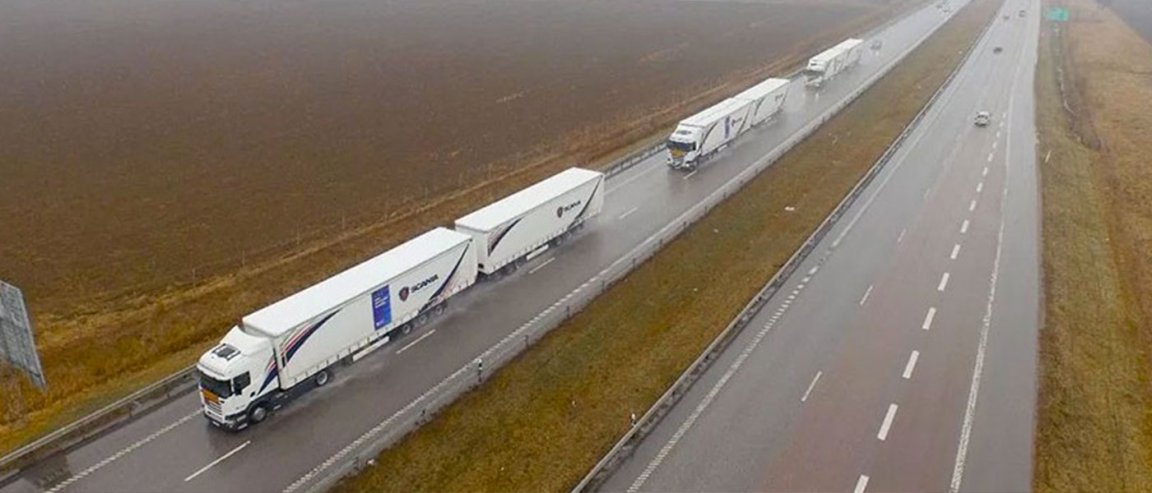
In the Business End
The realm of self-driving automobiles is famously dominated by tech companies like Google or Baidu, who market them as technological innovations, being developed for the common man.
But less seen is the immense business interest in self-driving tech, where transport and product companies are pushing for more efficient product transport.
Trucks from 12 different makers have recently concluded a truck “platooning” challenge in Europe, driving largely autonomously from 3 different countries into a base in Rotterdam, the Netherlands. This included some made by Scania, who had a 2,000 km trip, crossing four country borders.
The trucks were participating in the European Truck Platooning Challenge organized by the Dutch government. They were “platooning”: the rigs were connected by WiFi and are able to leave smaller gaps between each other when driving than is possible with drivers at the wheel.

Look ma, no hands!
There is such a huge interest in automating truck deliveries for a single reason: it’s cheaper. Studies show that platooning can reduce fuel use by up to 15%, prevent human error from causing accidents, and reduce congestion.
It also can reduce expenses. Two trucks clocking 100,000 miles annually can save €6,000 on fuel by platooning, compared to driving on cruise control.
That is why apart from the participants of the Platooning Challenge, the Dutch government also invited transportation officials, truck makers, executives of companies with significant logistics needs (including Unilever and DHL), academics and researchers.
But before navigating the road, the trucks will still have to navigate the different bureaucracies. They will need to address both the technical problems, such as the inability for trucks from different brands to platoon together (they all use different wifi systems); as well as regulatory problems, like requiring platooning trucks to meet different standards in each European country.